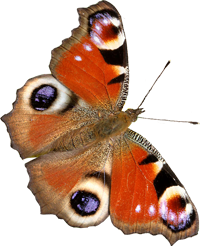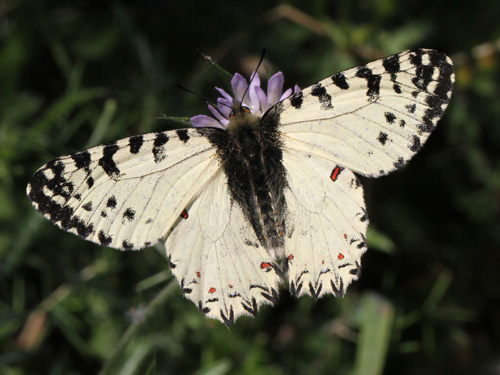
Crete, Greece, April 2014
Male
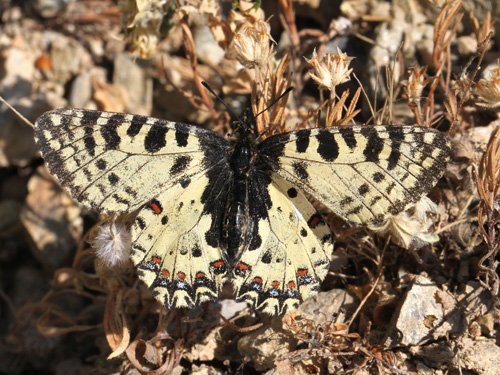
Crete, Greece, April 2014
Female
Field notes and information
Formerly considered as a subspecies of the eastern festoon Z. cerisy it is now more often considered as a species. The two species are clearly very similar. Being geographically isolated on Crete it's not surprising that differences appear, even to the extent of diverging into two species. It's not the only endemic on the island.
Identification & Similar species: On Crete, there are no similar species with black and red markings. It is similar to the eastern festoon Z. cerisy. It is rather smaller and darker. The hindwing is more rounded and lacks a prominent tail.
Distribution & Flight: Endemic to Crete where it is local but widespread across the island from sea level in late March and early April into May (and even June?) at higher levels.
Habitat & Behaviour: Grassy scrubland and open woodland. More active in the morning, being much harder to find in the afternoon. It flies unhurriedly up and down slopes, frequently stopping for nectar and to rest on bushes, grasses and the ground. Easily spotted at the roadside while driving through suitable habitat. I also found one flying over the beach and out to see some 20 or 30m before it turned back to land.
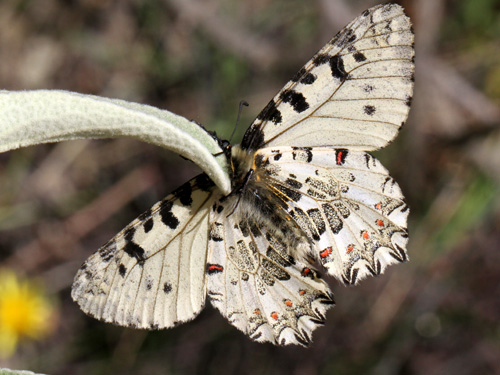
Crete, Greece, April 2014
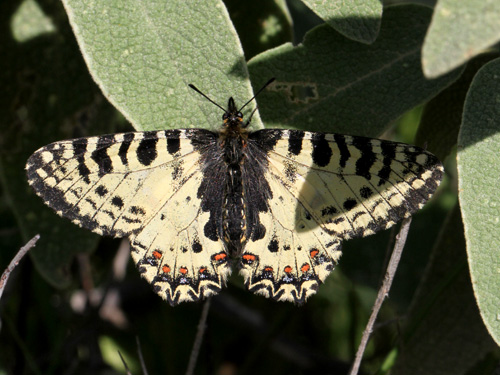
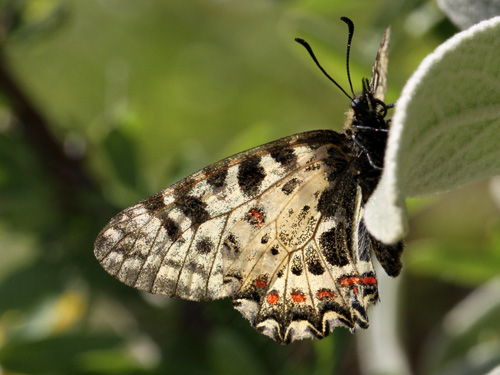
Crete, Greece, April 2014
Females
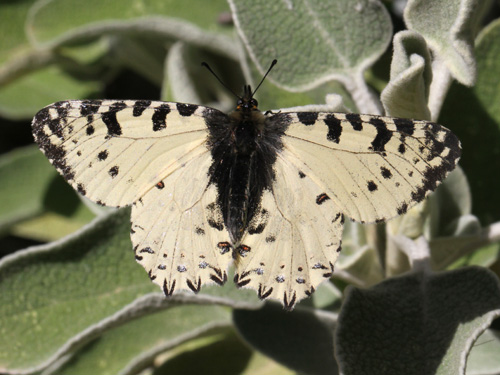
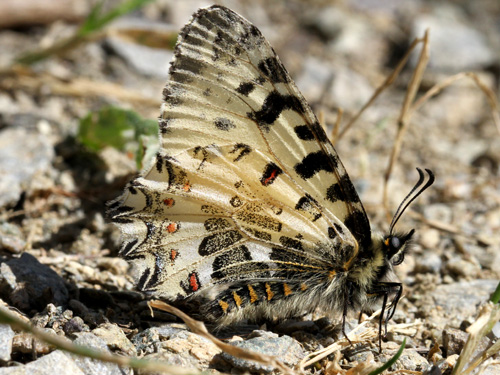
Crete, Greece, April 2014
Males
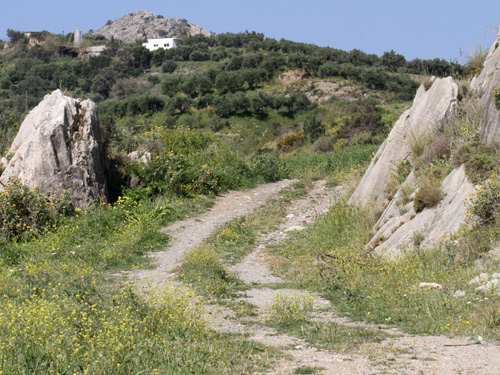
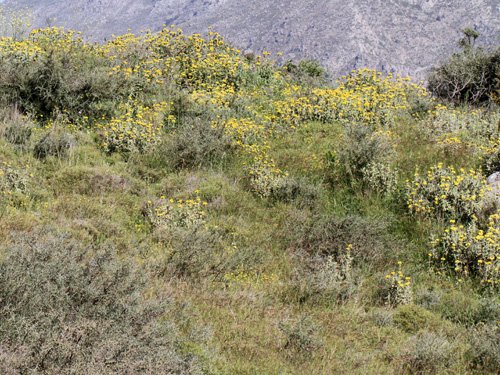
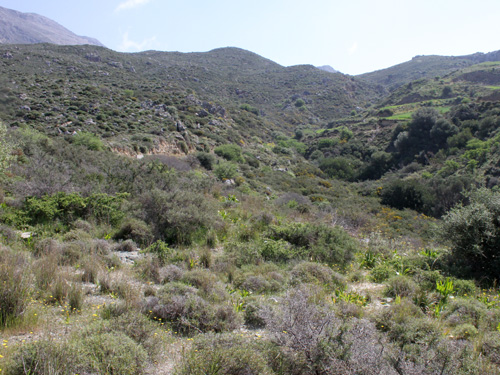
Crete, Greece, April 2014
Habitat of Z. cretica, G. pumilio and P. egea.
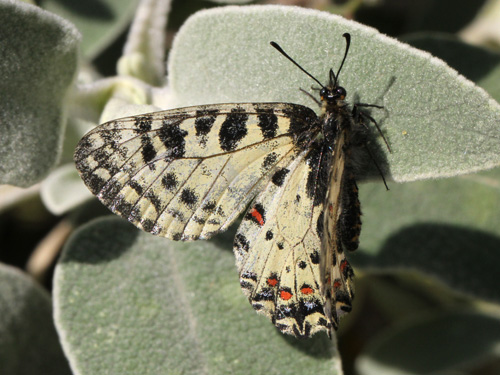
Crete, Greece, April 2014
Female
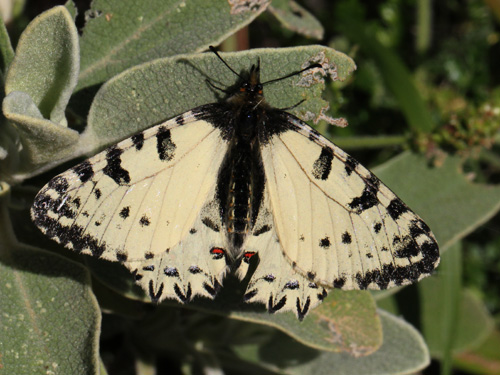
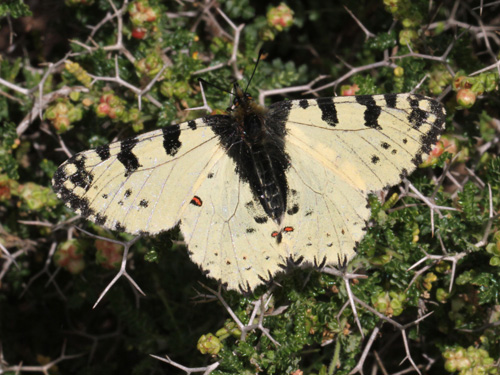
Crete, Greece, April 2014
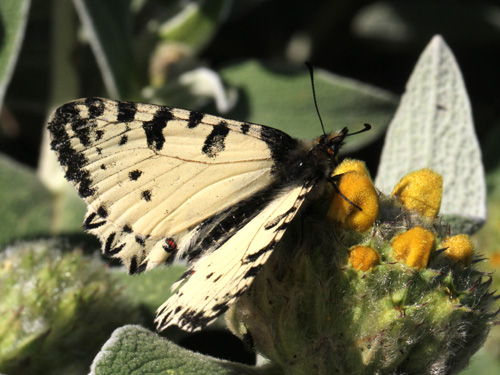
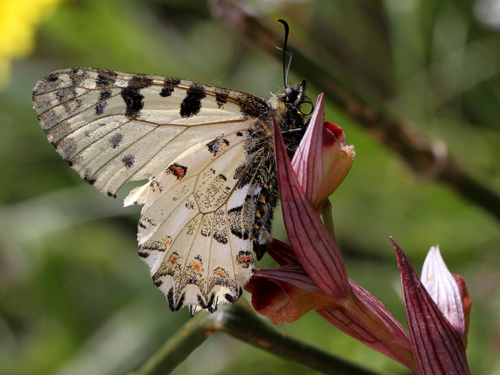
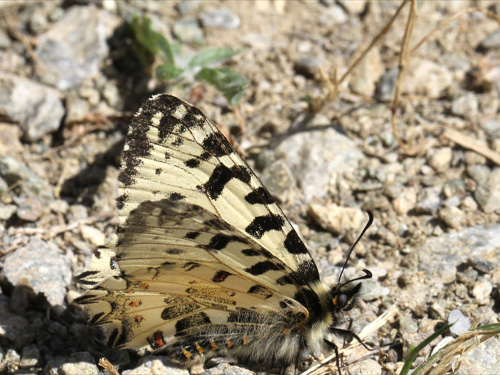
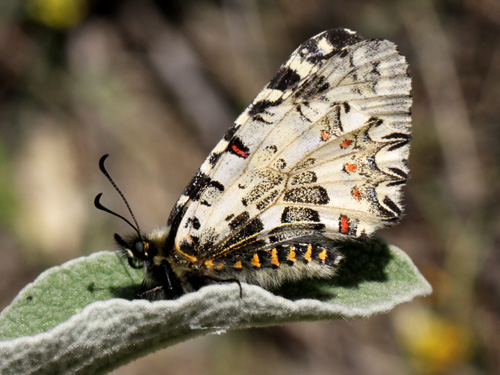
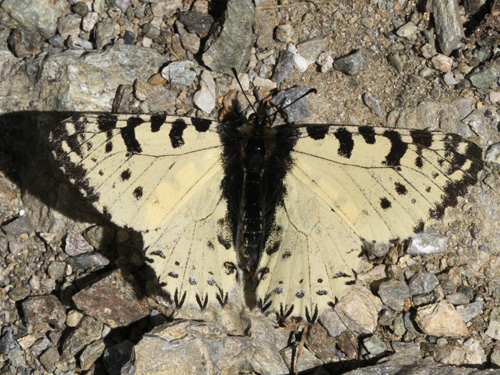
Crete, Greece, April 2014
Males
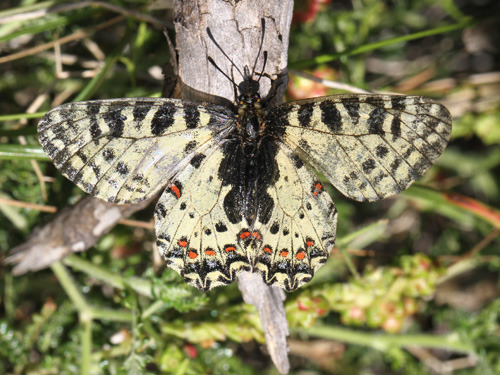
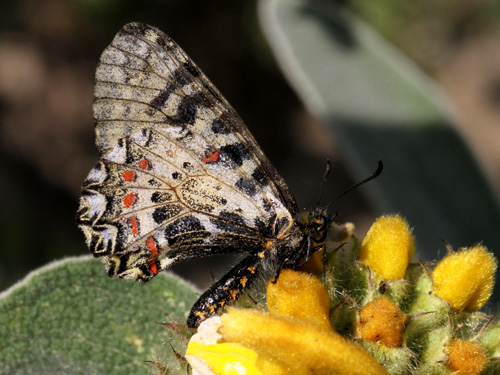
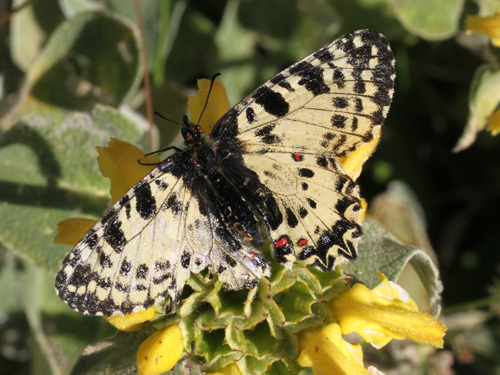
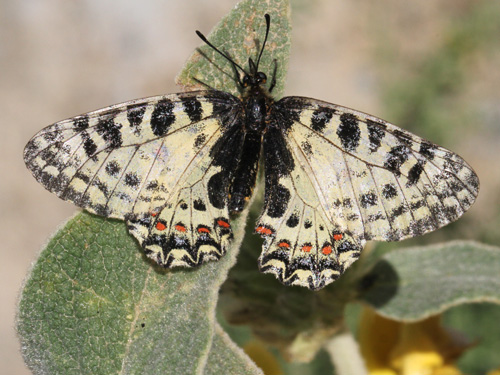
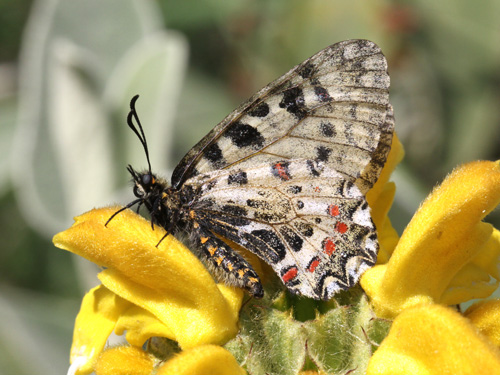
Crete, Greece, April 2014
Female
